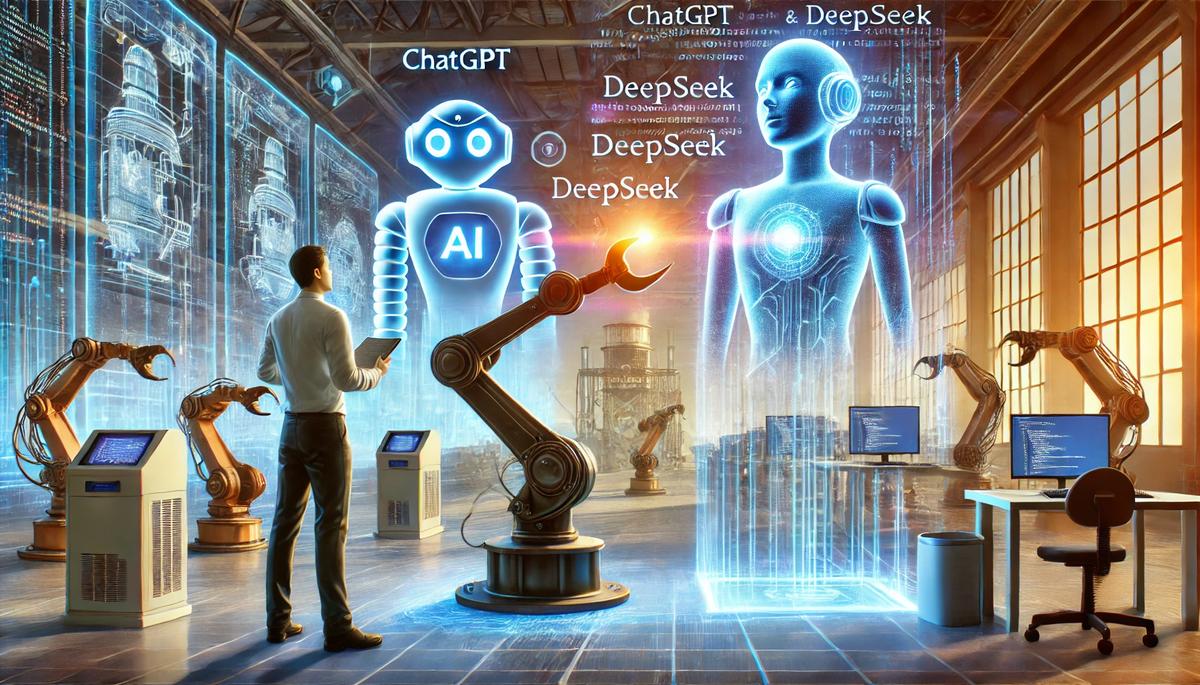Robotics isn’t waiting for you. The question is—are you going to step up, or are you going to sit on the sidelines, making excuses?
Will you take action and start building, or will you waste years overthinking, doubting, and letting fear win?
The truth is simple: no one’s handing you success. No degree? No connections? No problem. But you have to move. You have to commit. You have to start.
Watch this video, and find out exactly how to break into robotics from scratch—even if you’ve never touched a robot before.



